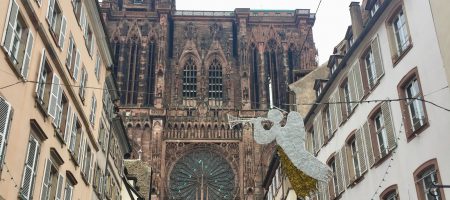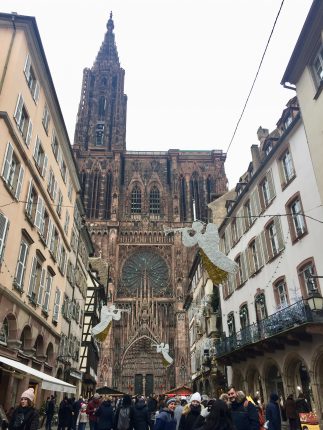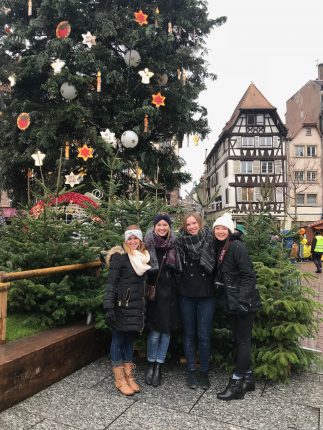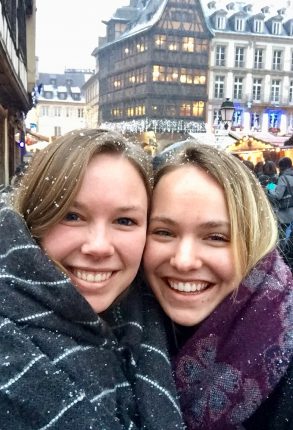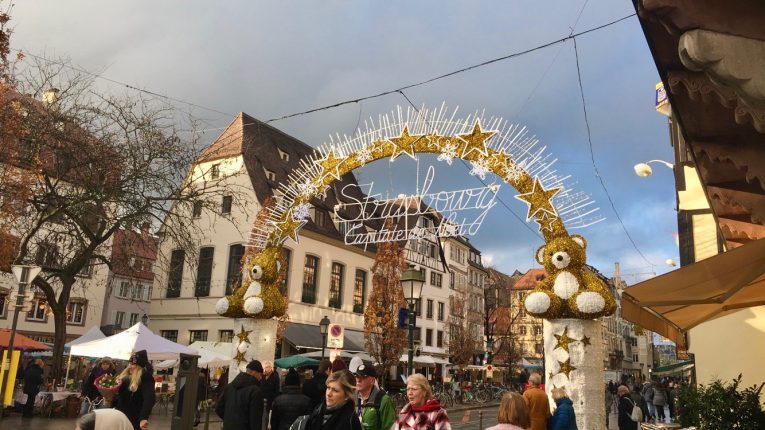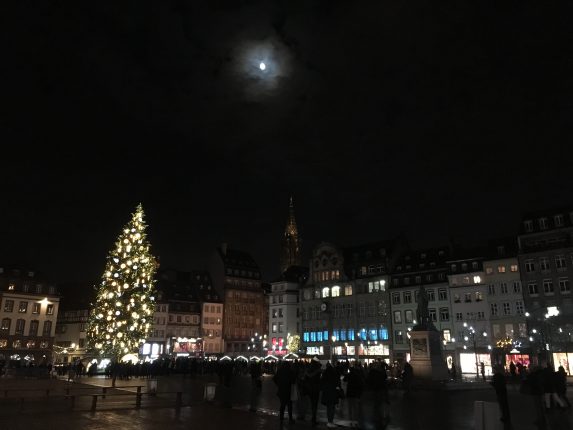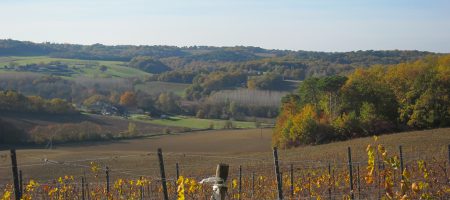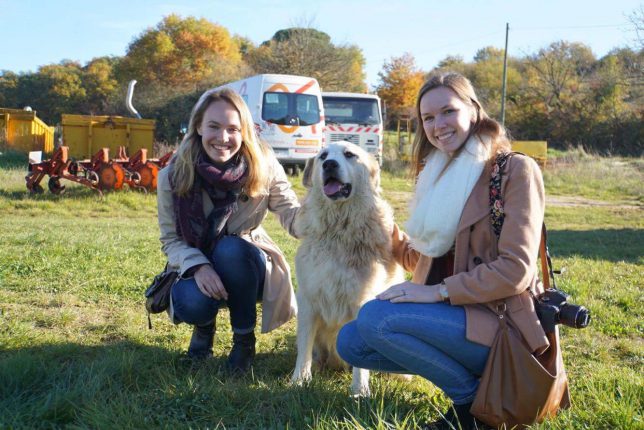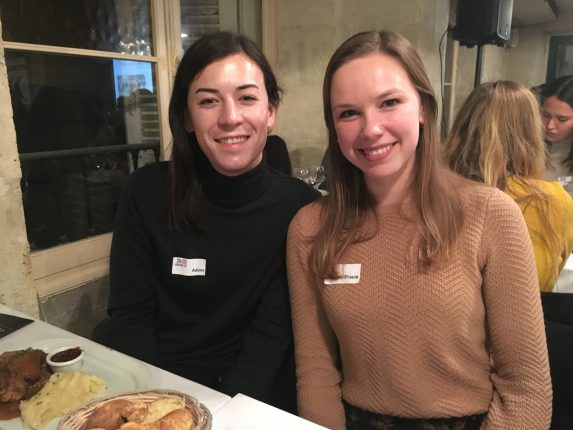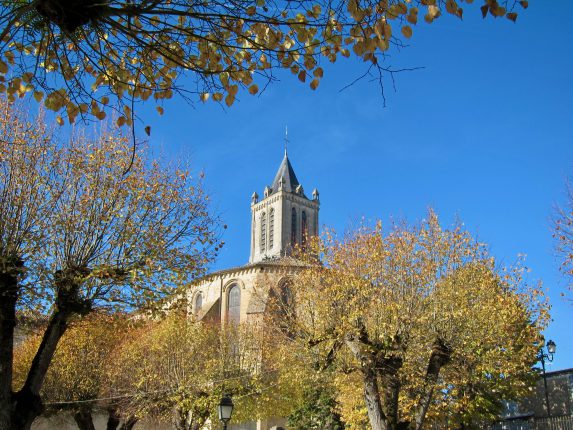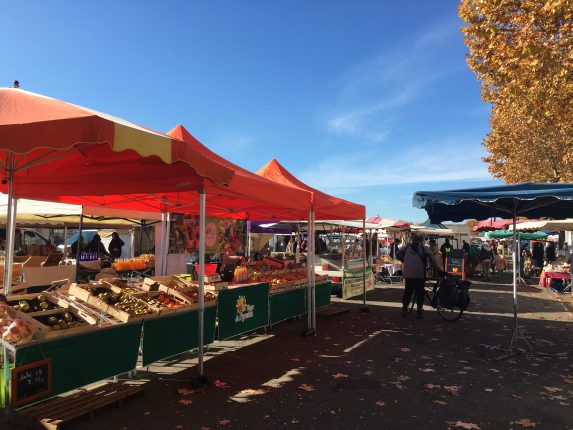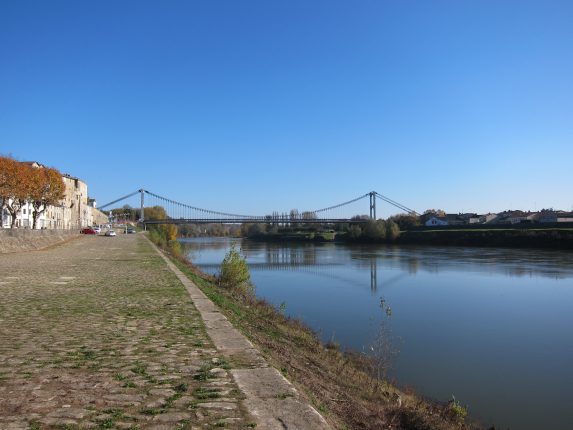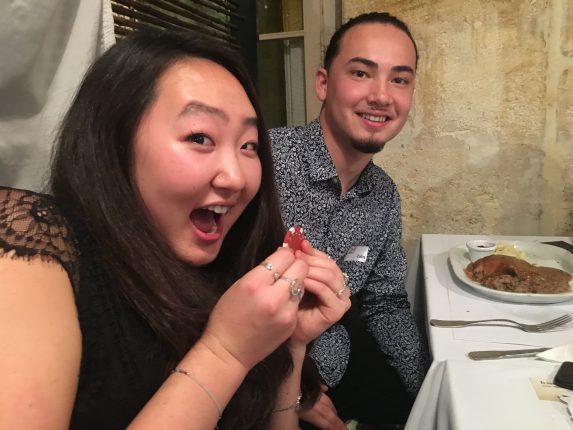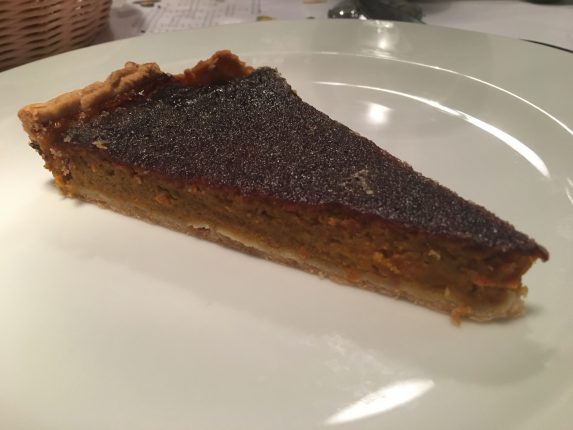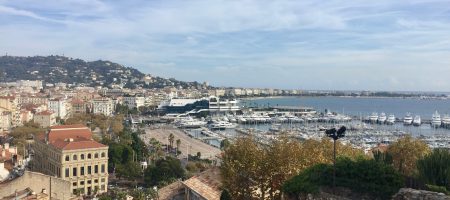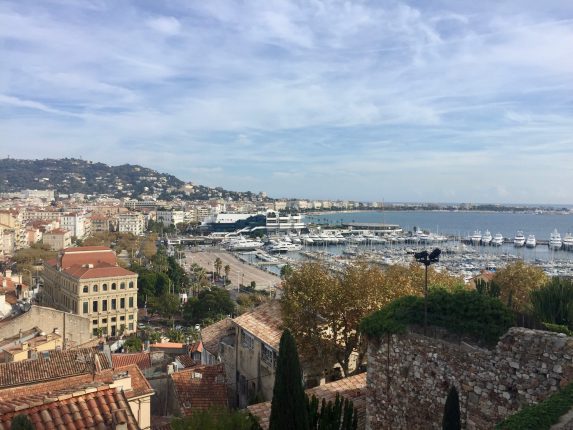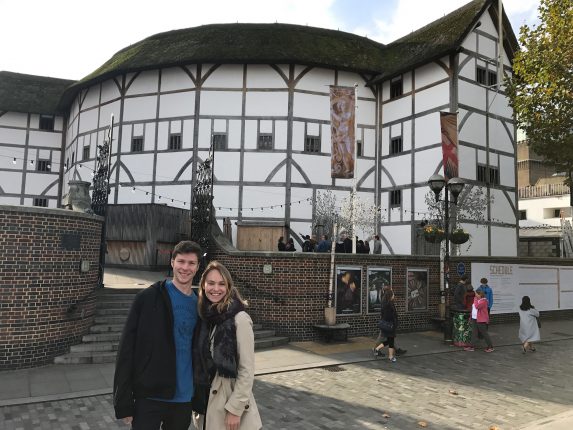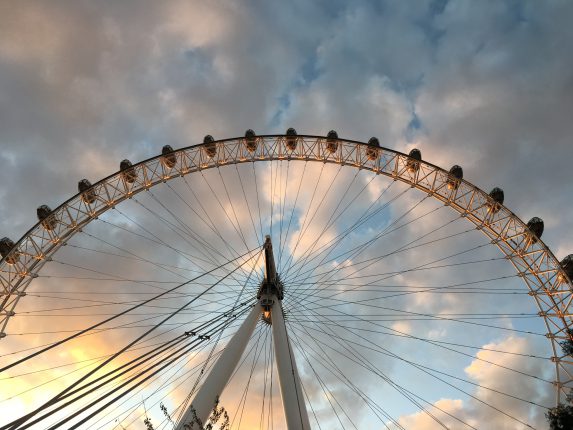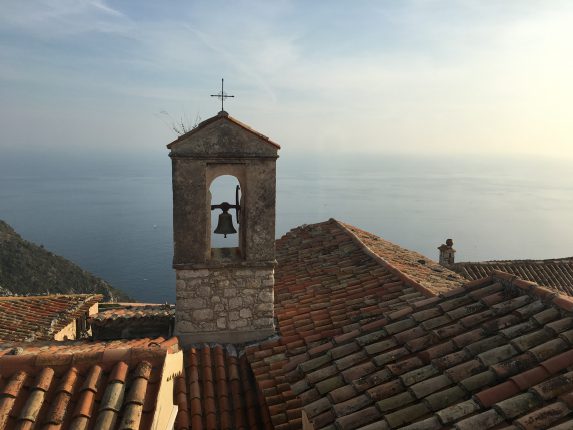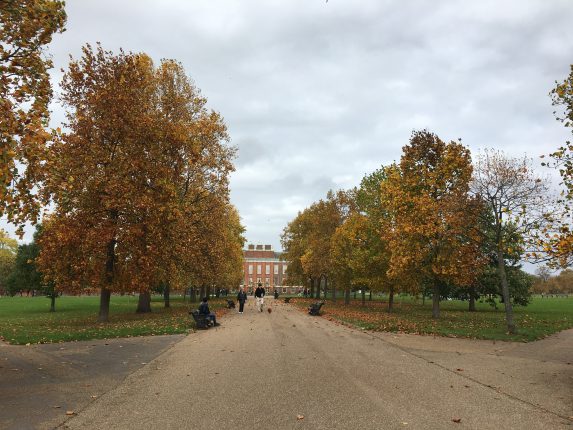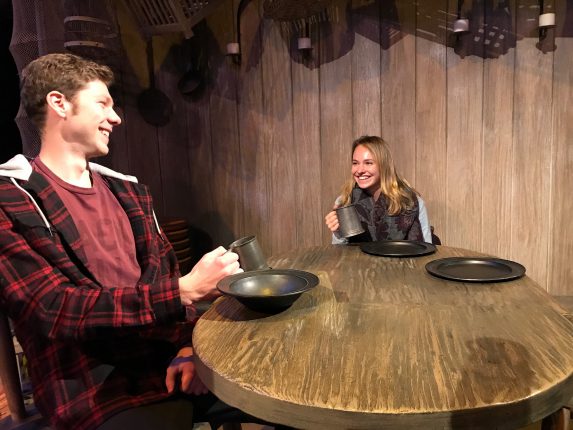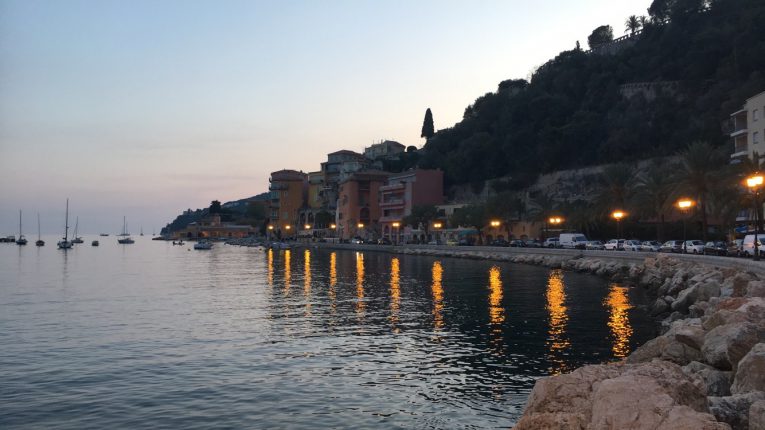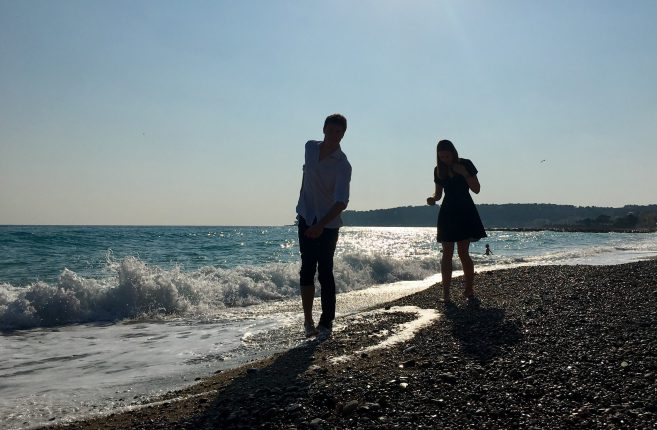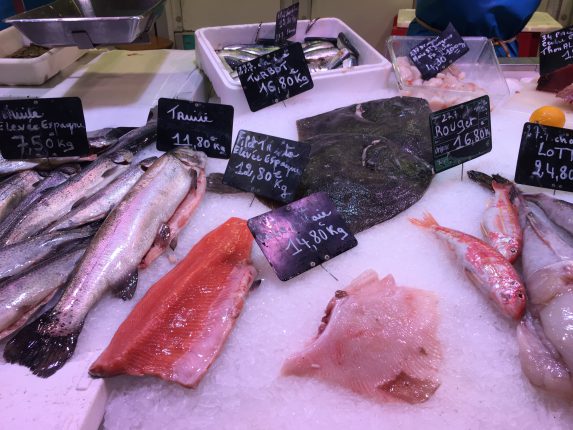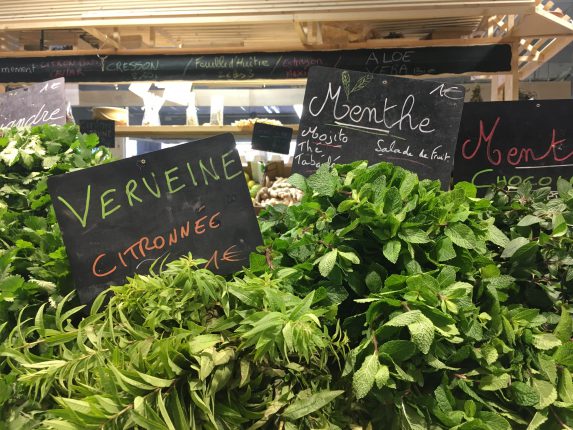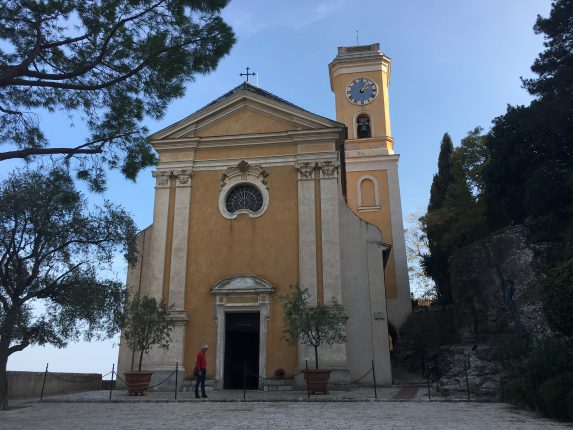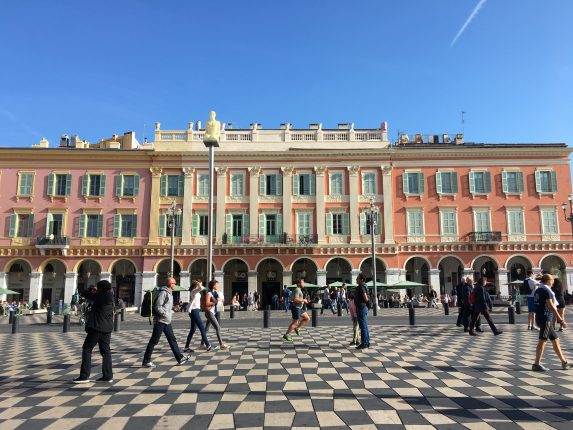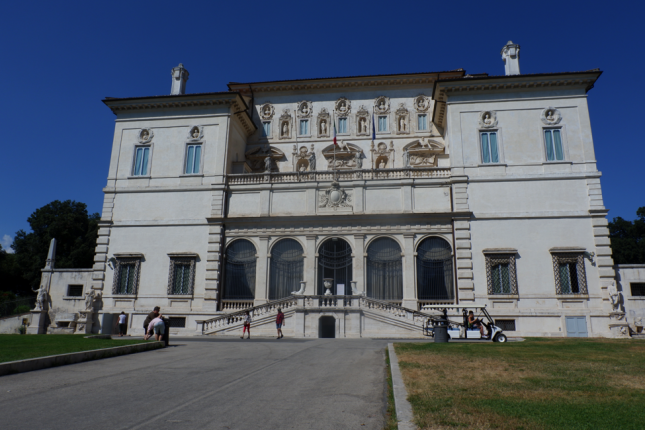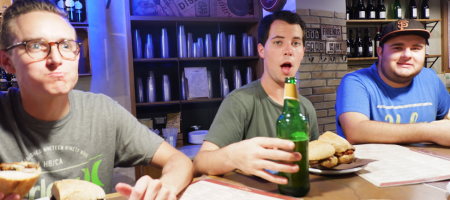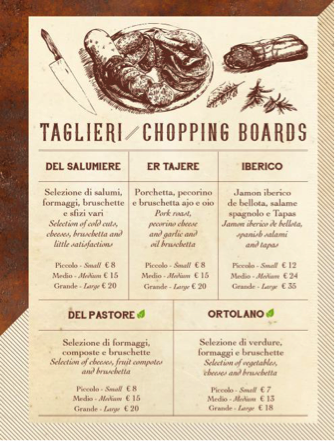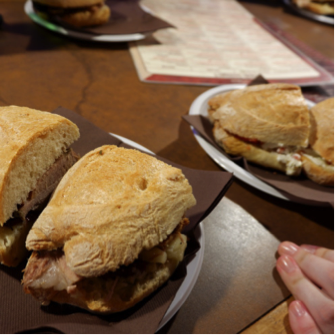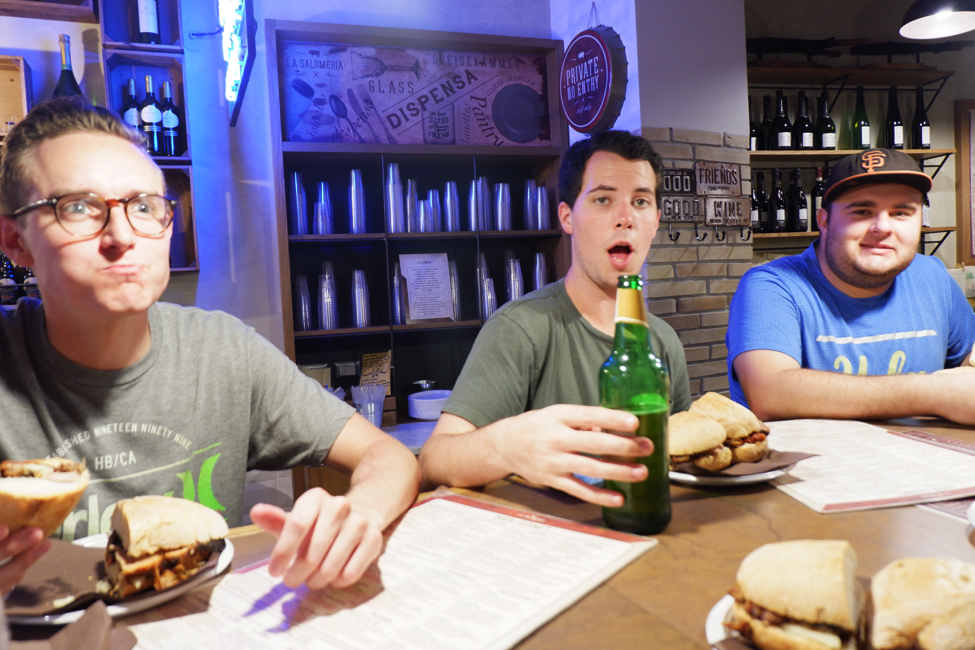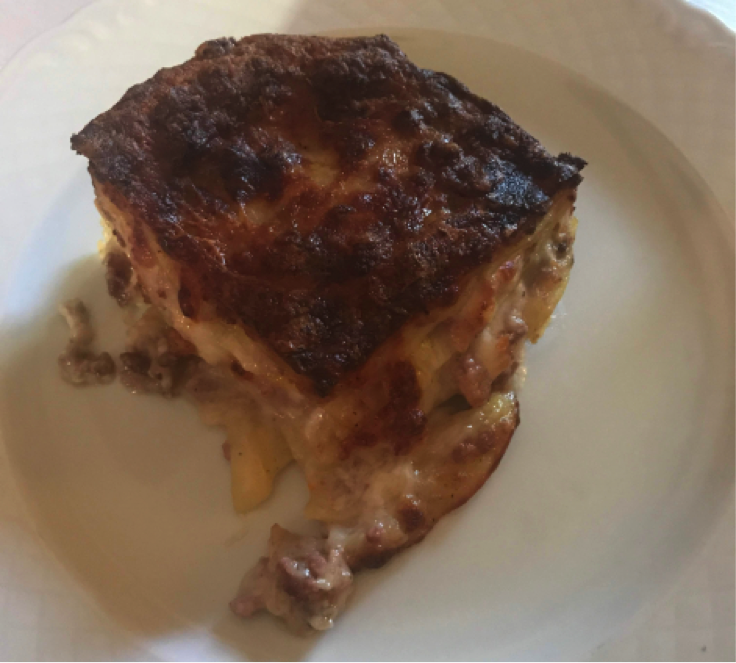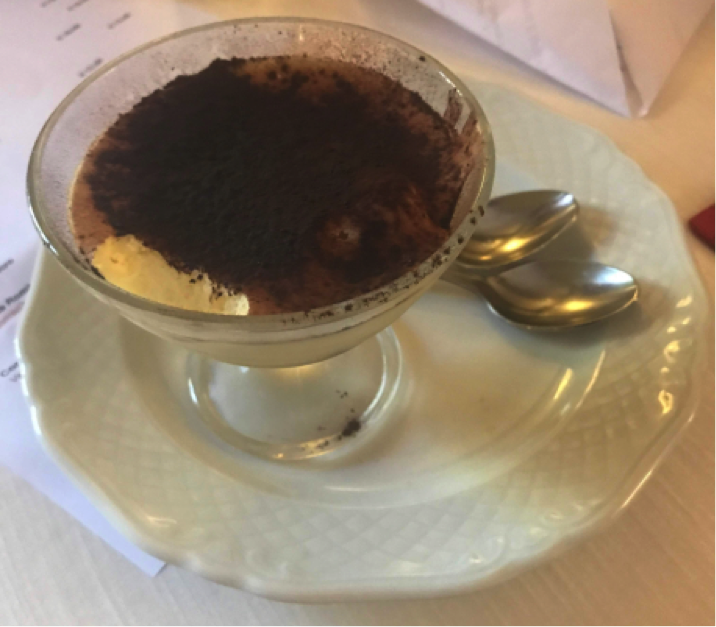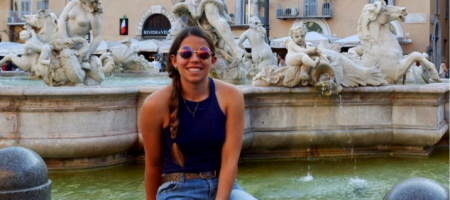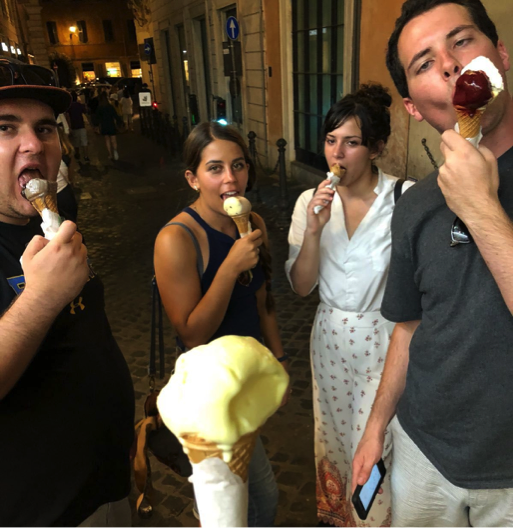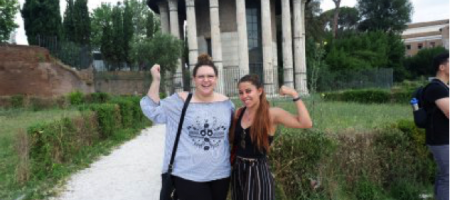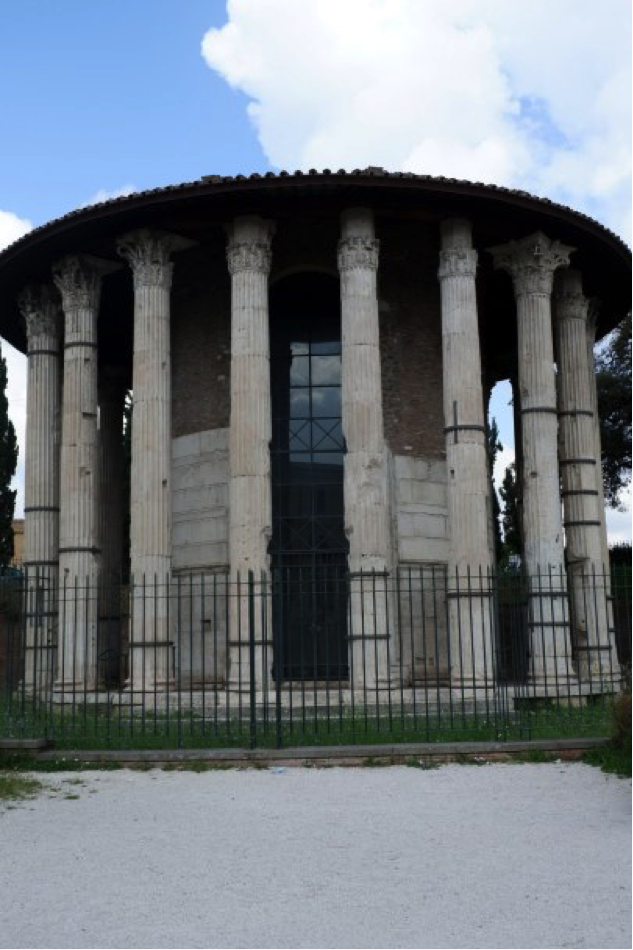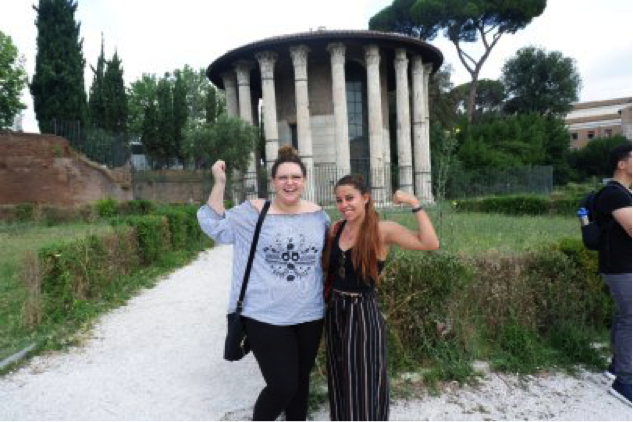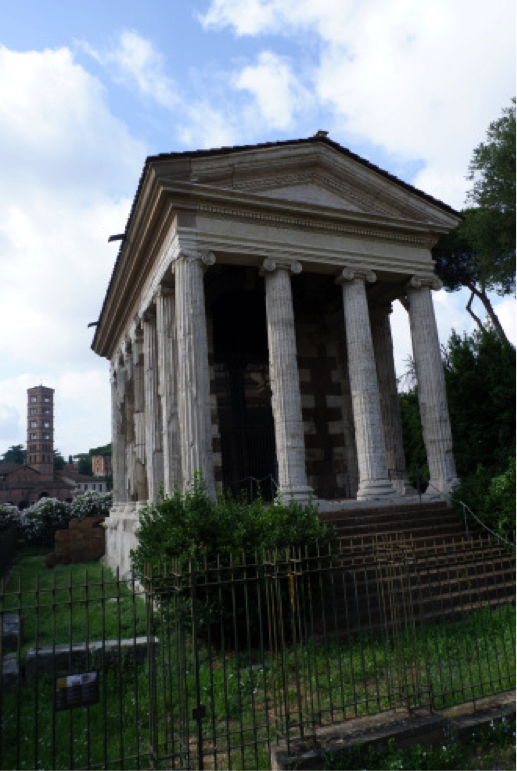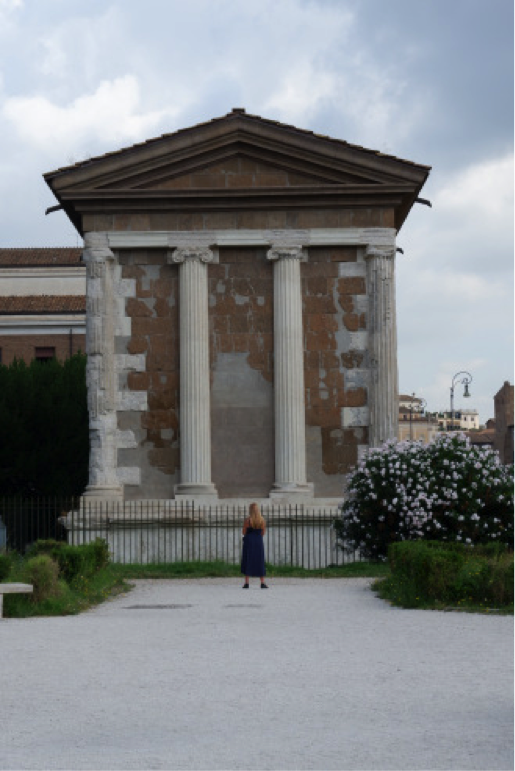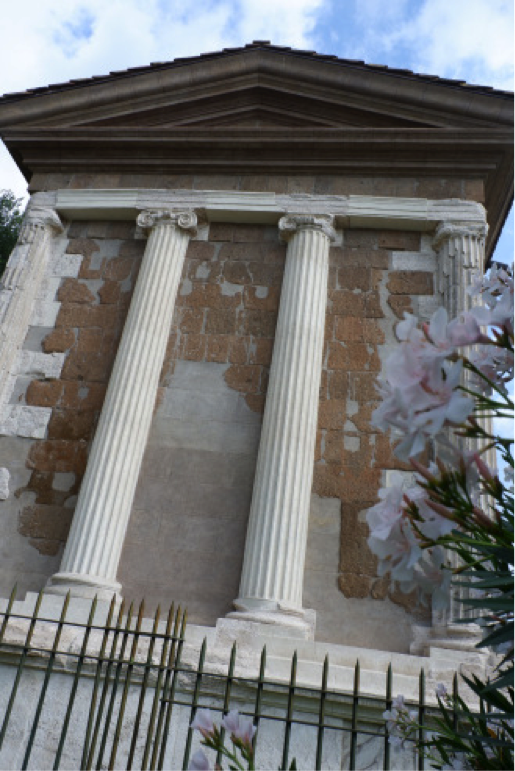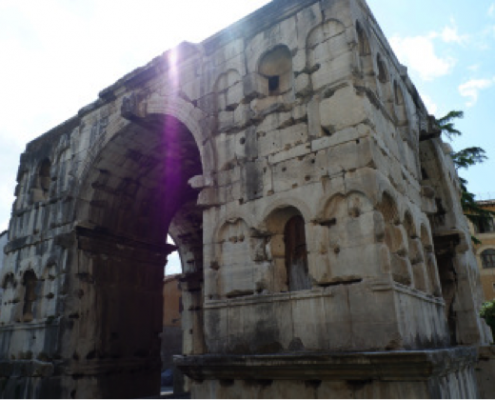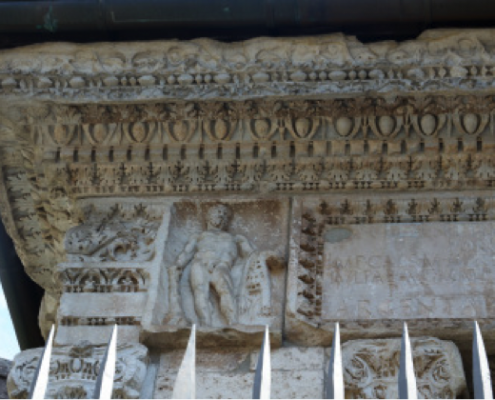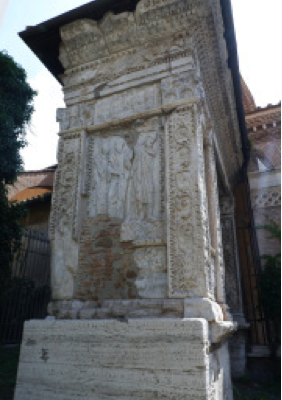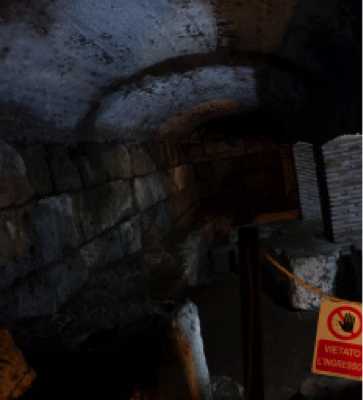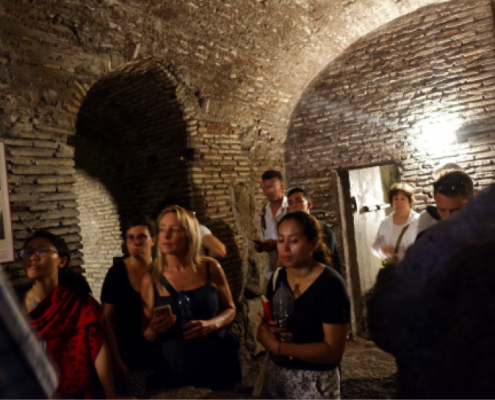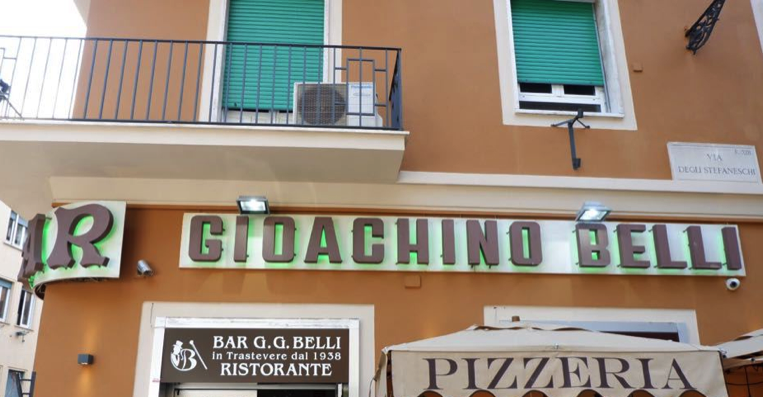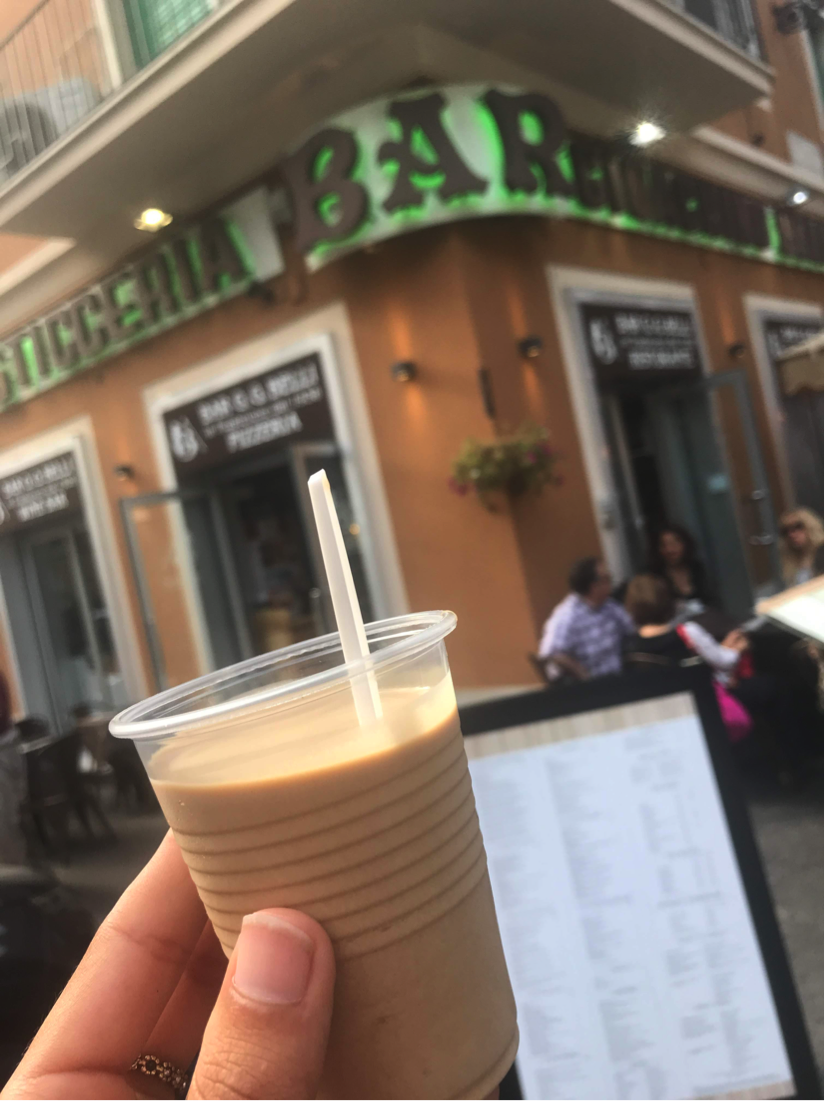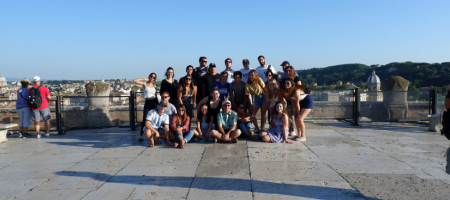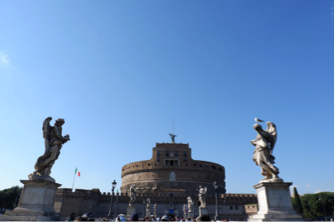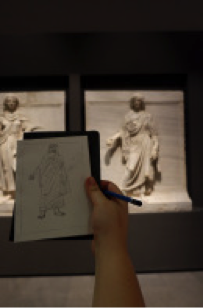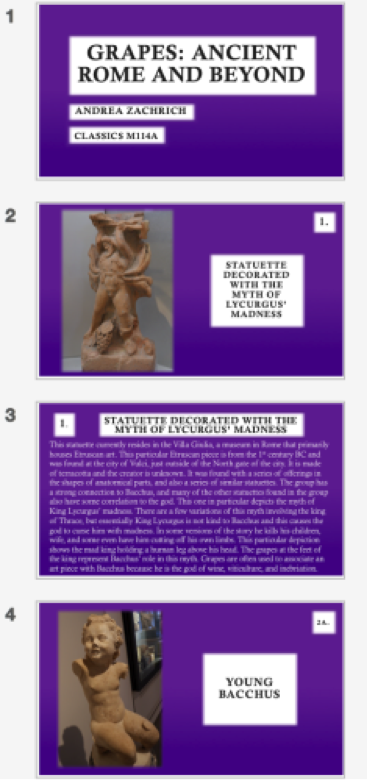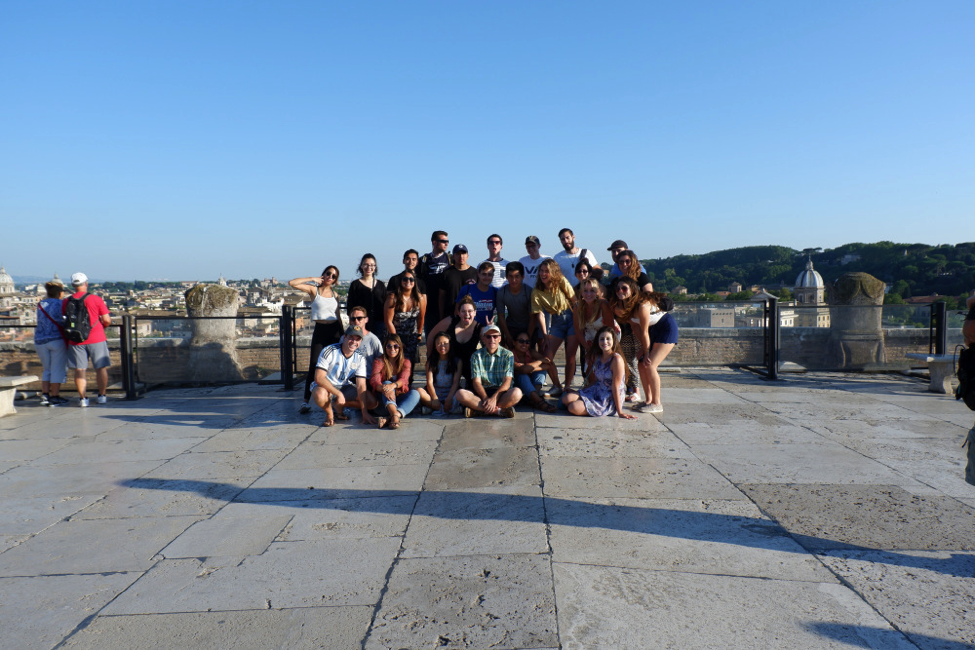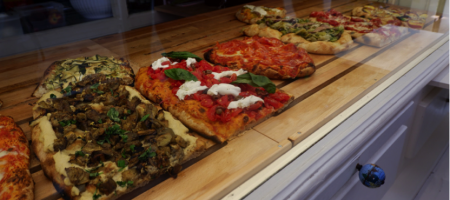France | Finals Week!
BY NATASHA SZOMBATHY
Finals season is in full swing! This past week I had my first two finals. For the majority of courses here in Bordeaux, your final grade will be based only upon a final exam, and from time to time a midterm and final exam. For others, you will be graded based on what is called “contrôle continu,” which essentially means that your final grade is composed of multiple assignments or exams administered throughout the entire semester. This is a little similar to what happens in most UC courses, except the final graded exam doesn’t have any significantly higher weight on your final grade than the previously administered assignments.
For me, the obligatory methodology course was graded as a “contrôle continu,” so on Monday I had my final in-class essay exam. It went really well, and I am very satisfied with my score! My other exam this week was for my Système Terre class in the geography department, for which my entire grade depended only on the final exam. Lots of pressure! I was sooo extremely nervous because this was an oral exam, meaning I was to meet with the professor in her office and she would give me one question on any subject discussed in the course and I would have 15 minutes to basically teach her everything I knew about it. Most of the immersion courses with French students will be graded this way for you. I studied so much because I had never had an exam like that in my life, and it ended up also going very well! My advice is just to try to stay calm in that test setting, like any other!
All of my remaining finals are next week and the week after, so for now I will just be studying and taking in my last few weeks in Bordeaux. As I mentioned in my previous post, I went to Strasbourg last weekend for the Christmas markets! I went with three other girls from UCEAP, and we had such a wonderful time exploring this city which serves both as the capital of Christmas but also of the EU! It is certainly interesting to see the differences between France and America during Christmas time, and Strasbourg was definitely a winter wonderland. Strasbourg is located very close to the German border in the French region of Alsace, so the local cuisine is quite influenced by German tradition. We tried local specialties like choucroute, a sauerkraut dish served with sausages, cured meats, and potatoes, as well as jambonneau, a huge pork leg covered in Munster cheese! It was a good thing we had all of that hearty food because it was freezing cold!! All of us California girls were bundled up in layers upon layers of thermal T-shirts beneath our coats, but it was so worth it! The local craftsman ship put into all of the gifts being sold at the markets was beautiful and something like I had never seen before back in America. The dusting of snow over the city on our final day was definitely the icing on the cake for such a Christmas-y little trip!
Natasha Szombathy studied abroad in Bordeaux, France in 2017: http://eap.ucop.edu/OurPrograms/france/Pages/univ_of_bordeaux_coursework_french.aspx


